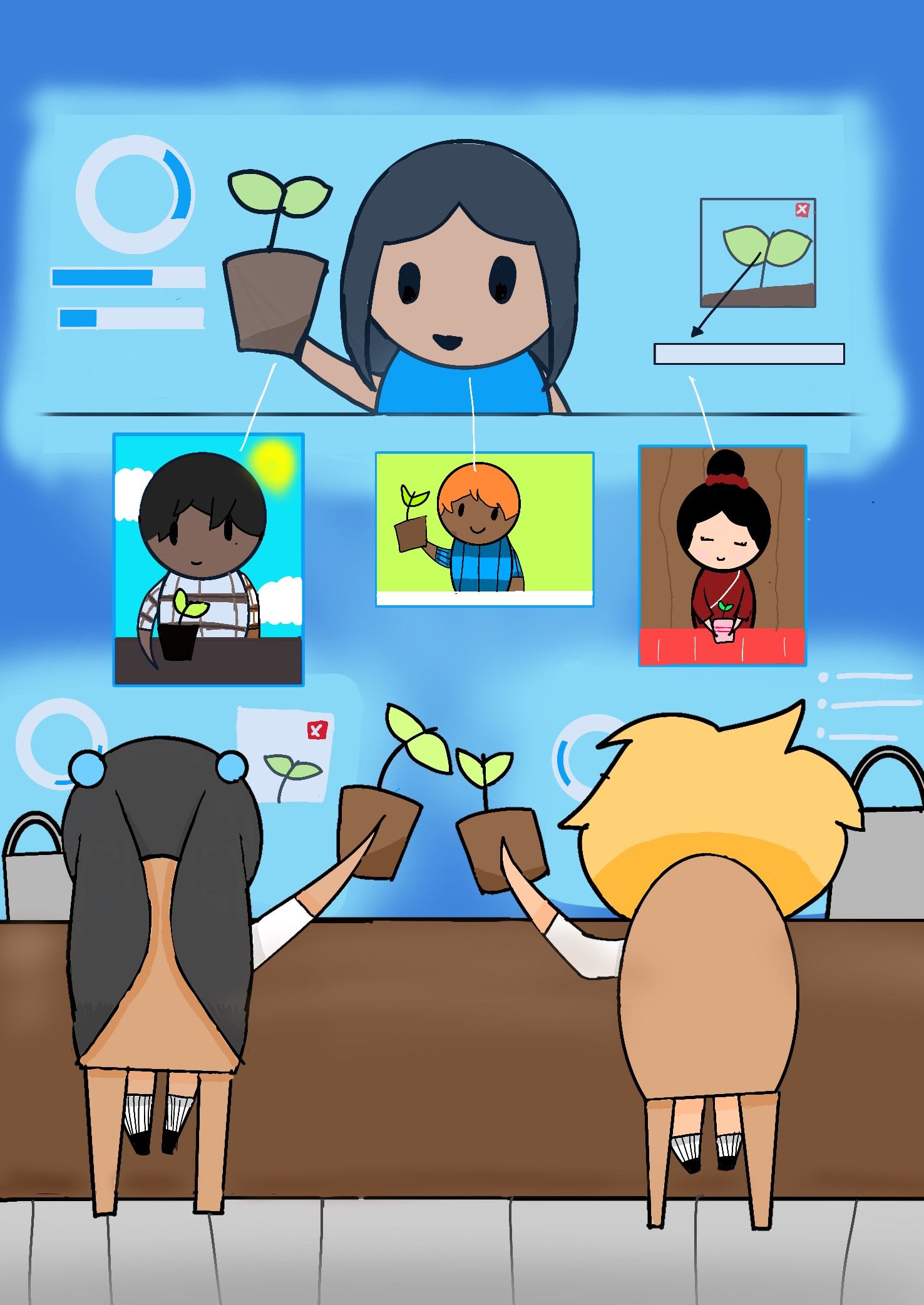By Josh Bustamante, 22
UP Diliman
Education is among the most basic human rights guaranteed to each individual. It serves as a foundation that builds societies to their fullest potential by giving individuals access to opportunities that lead to a better life. Thus, education is crucial not just for nation-building, but also for developing human potential and intellect.
The United Nations has set forth in the Universal Declaration of Human Rights (UDHR) a provision that guarantees each individual the right to education. This was adopted in the 1987 Constitution of the Philippines, where it states that the country should protect and promote the right of all its citizens to quality education in all levels.

But the current state of Philippine education tells otherwise.
An education crisis looms over the country as we battle deep-seated problems that continue to persist until this very day—problems that have been inherited by various administrations who each proposed their own solutions to the growing problem.
Despite conventions and programs that sought to curb the crisis, school children still rank low in reading comprehension, writing, Science, and Math compared to neighboring countries. Even with the development of curriculums that serve to address the growing problem of waning learning competencies among students, nothing has changed, with quantity prioritized over quality. Thus, teachers bear the brunt of increasing student population and keeping up with international standards.
Infrastructure has also been a long-standing problem. Without proper facilities to carry out effective instruction, both students and faculty face the problems of overcrowded classrooms, resiliency amidst natural disasters, and rising dropout rates.
And it’s a cycle. Without proper planning, intervention, and execution, our education sector will face to even more challenges that will make education a privilege rather than a right.

But what can we do?
First, acknowledge that there is even a crisis. Acceptance equals commitment. And commitment sets off action.
Next is to recalibrate existing curriculums to fit the actual learning needs of students. This should include significant investments in science and technology, enhancement of learning materials, strengthening of reading comprehension programs, and switching to Filipino and other dialects as mediums of instruction.
Furthermore, with the emergence of new technology like artificial intelligence (AI), investments must be made in strengthening both knowledge and skills in these fields. Technology should be integrated into education so students can be climate-resilient, have employable skills, and be adaptive to the changing times.
Lastly, to ensure access to quality education for all, at all levels, the government should allocate significant resources for the education sector and institute reforms, ensuring that money is spent on appropriate projects that will deliver results.
But they’re not the only ones who should take action. We should, too.
“Ang kabataan ang pag-asa ng bayan.” This oft mentioned quote by Jose Rizal captures the essence of our duty as the youth to clamor for change—to amplify our collective voice towards securing the road to our future.
It’s now the time to get actively involved in campaigns and movements for education reforms. Take part in mapping out solutions and concrete steps. We are, after all, the ones on the ground, in classrooms and in schools. Our voices, from the grassroots, must and should be heard. So, never be afraid to share opinions and suggestions, point out issues and gaps, and urge institutions to act and to act now.
In 2050, we hope for a nation where quality education can be accessed by all. But whether #EducationForAll will remain a dream or become our reality rests solely on how we plant the seeds of the future, today.